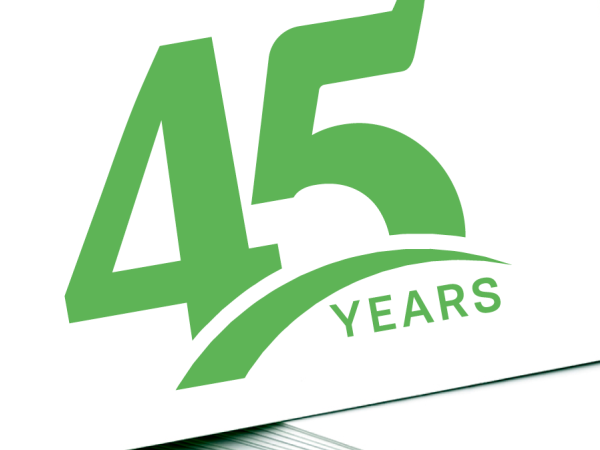Book Consumption Habits Revealed
What have recent reports and surveys found about how men and women consume book content, and how is the unprecedented COVID-19 crisis affecting people’s reading habits?

Lockdown is prompting us to read more – but men tend to give up on books more quickly than women do. Those are some of the insights into people’s reading habits that have been discovered by researchers, and they are invaluable to the world of book publishing.
First, let’s take a look first at gender. The wide-ranging new Reading for Pleasure evidence review from the Audience Agency quotes research from Jellybooks which found that, while men and women are equally likely to finish a book they’ve started, men decide within the first 30-50 pages whether or not to continue, while women tend to persevere for 50-100 pages.
More gender-specific gems contained in the Audience Agency’s report include that women are more likely to be heavy buyers of fiction, with 19% of those aged 55-84 buying 16 or more books a year. And 38% of women use libraries, against 30% of men.
Meanwhile, audiobooks have a higher market share of younger, BAME men in full-time employment – though women do value this format as it allows them to do other things while enjoying their book.
The lockdown effect
But it’s not only gender that influences our reading habits, but also our available free time.
"Unsurprisingly, then, a new survey from Nielsen Book reveals that 41% of UK adults are reading more books since the beginning of lockdown, with a third choosing printed books, 18% e-books and 9% listening to audiobooks. The average time spent reading has almost doubled while we’re staying at home, up from 3.5 hours per week to six."
Some 25% of those readers have bought more books than usual, while 18% say the number has actually dropped – presumably preferring to work their way through the book pile that so many of us have on our bedside cabinets!
They are not, though, reading about the pandemic: there’s little enthusiasm for titles relating to COVID-19 or dystopian fiction. In fact, 35% say they’re reading more because “books provide an escape from the crisis”, while “more spare time” and “to keep entertained” are both cited by around half of respondents.
Book publishing: paper, screen or audio?
The Reading for Pleasure review also contains some interesting nuggets about different book formats. E-book sales peaked in 2014 and have fallen back somewhat, while audiobooks are on the rise. But poetry and literary or classic fiction continue to be read largely on paper, with 60% of people saying they prefer this medium against 20% for e-books.
But that’s not to say it’s a question of paper versus screens or audio. The Reading for Pleasure review quotes Jellybooks research showing that Netflix viewers who binge on genre programmes are more likely to finish a book in that genre than other readers.
It seems there can, in fact, be a synergy between the different media. The challenge for the book publishing world is how to create this.

Crossover magic
One example is the newly launched ‘Harry Potter at Home’ project. It features a roster of celebrities including Daniel Radcliffe, Noma Dumezweni and David Beckham reading chapters of the publishing phenomenon, with videos available on the Wizarding World website and YouTube and podcasts on Spotify.
This multimedia approach gives a contemporary spin to printed books – and it’s a lockdown hit with its audience of kids and parents for whom the magic of an extended school holiday has long since worn off.
So what can the book publishing world learn from these launches and surveys? There is a passionate market for your products – especially if you can adapt to changing times.
Print shouldn’t be seen as the old-fashioned alternative to audio or e-books. It can be the central element of a magical package that brings the pleasure of reading to women, men, girls and boys, especially in these extraordinary times.


